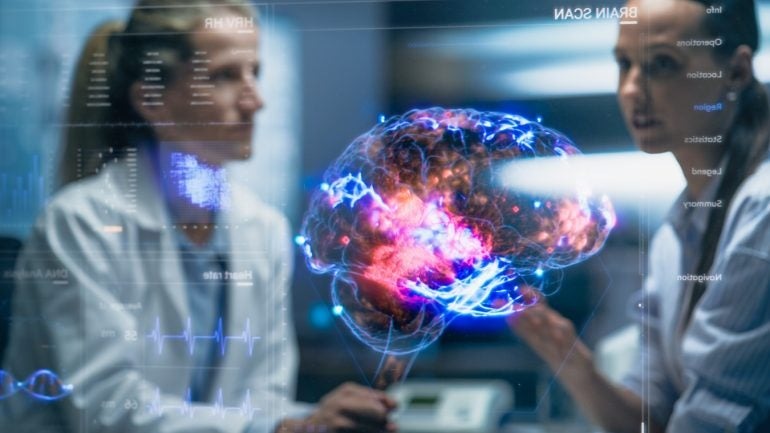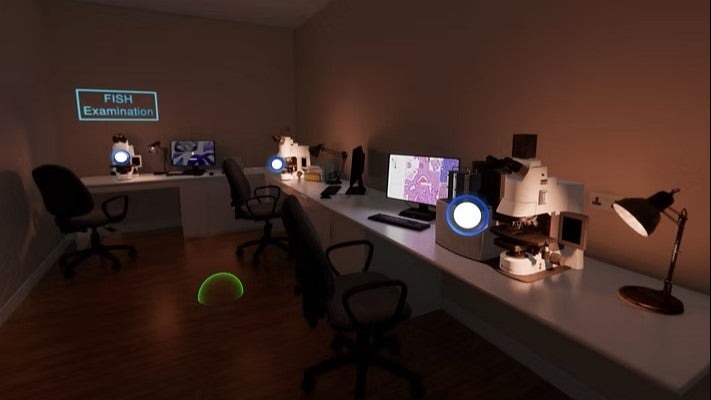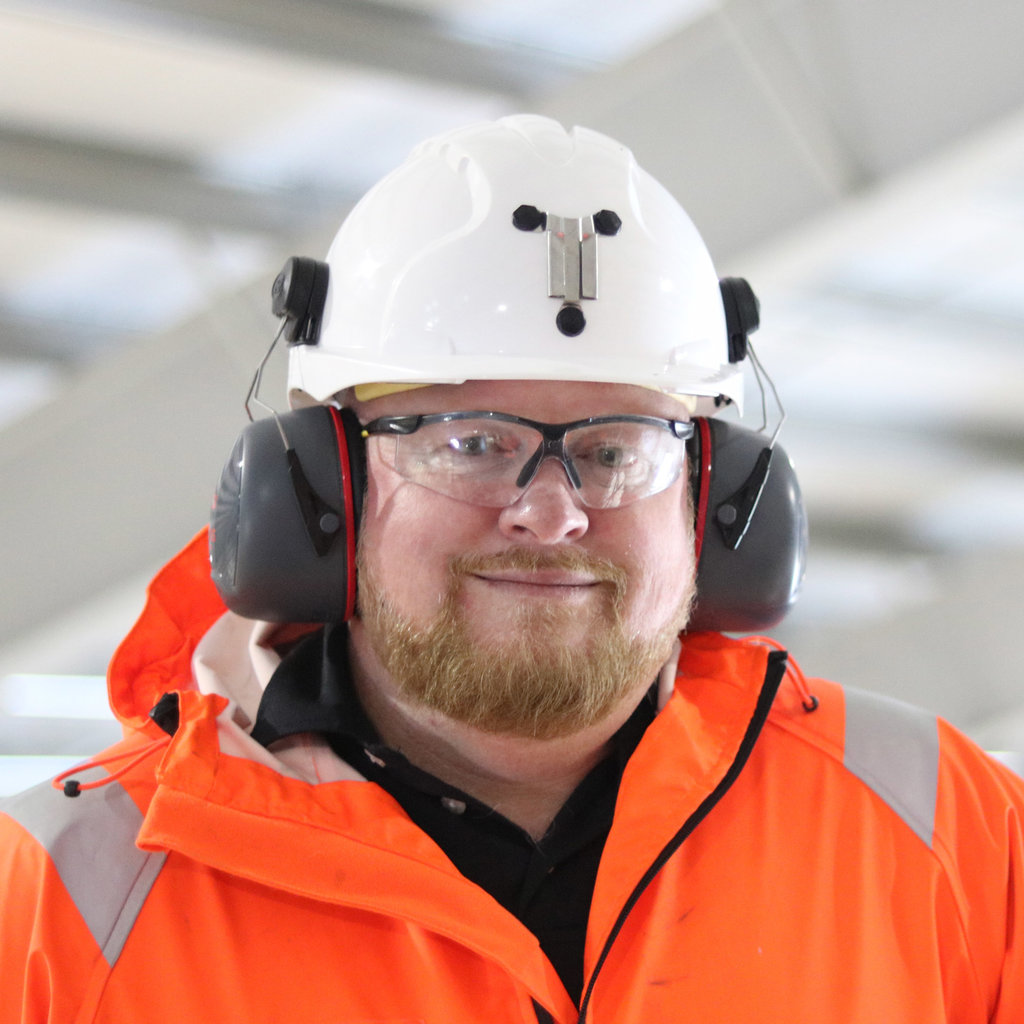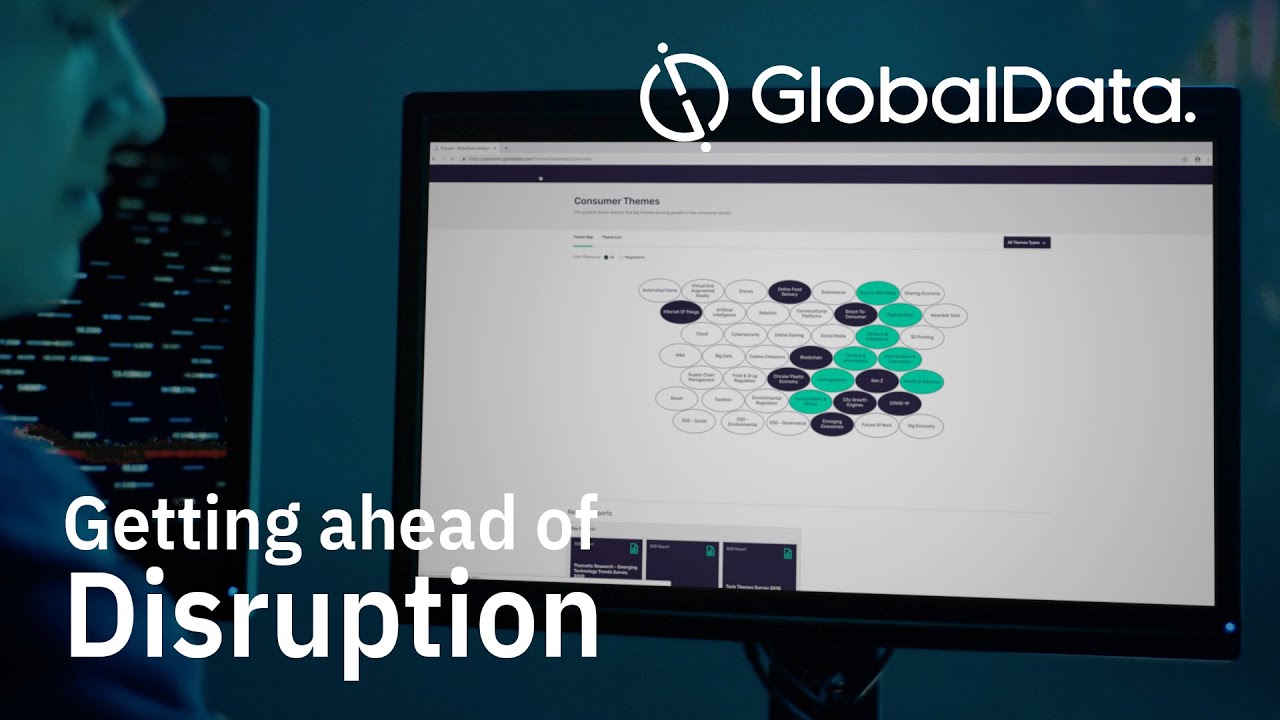Interview
Neuromodulation: rewiring healthcare?
Biomed Israel 2025: the 23rd National Life Science & Technology Week took place in Tel Aviv between 20 and 22 May.

Avi Yaron’s life work has been informed by his personal healthcare challenges. Credit: Gorodenkoff / Shutterstock
Once niche, the field of neuromodulation is now accelerating toward real-world breakthroughs for conditions such as tinnitus, substance use disorder, Parkinson’s disease and epilepsy.
According to a report by GlobalData, the global neurological devices market will reach a valuation of $20.9bn by 2033, up from $12.5bn in 2023.
At Biomed Israel 2025: the 23rd National Life Science & Technology Week, taking place in Tel Aviv between 20 and 22 May, Serendipity Impact VC co-founder and managing partner Avi Yaron will give a keynote during a session titled ‘Rewiring the Brain: Breakthroughs in Neurotech and Neuromodulation’.
The Rule will disrupt this paradigm, creating negative consequences for the entire health care system, including millions of vulnerable patients who depend on the essential clinical testing services that only laboratory professionals can provide.
Dr Lattanza
Moderated by Barry Greene, CEO of Sage Therapeutics; and Iris Grossman, chief therapeutics officer at Eleven Therapeutics, the session will also feature a keynote from Tanya Fischer, chief medical officer at Tenvie Therapeutics and presentations from companies such as NeuroSense Therapeutics and BrainValue NeuroTech.
Diagnosed with a brain tumour at the age of 26, Yaron embarked on a self-advocacy quest to bring into being the neurotech required to help save his life – a story he shared in a TEDx talk in 2015.
Yaron’s investment fund’s rationale is to invest in early technologies to transform mental and neuro health, with his personal journey having led him to the belief that in keeping people healthy, the future of medicine will be driven by personalised, predictive, preventative systems in which neuromodulation devices have a critical role to play.
Medical Device Network sat down with Yaron to gain more insight into the value in neuromodulation and what the future holds for treating a range of neurological conditions.
Ross Law: Aside from your personal experience with a neurological condition, why do you view neuromodulation as the future in treating neurological conditions?
Avi Yaron: Let’s say that I have a headache. While I can take a pill to no longer ‘feel’ the headache, the headache is still there. The pharmacological element just shuts down the neurotransmitter so I won’t feel it, but the pain is still there; and once I stop taking the pill, the headache and the pain being felt, may return. Unlike pharma, advanced neuromodulation technologies have the potential, either to completely cure or at least allow a person to reach a state of remission.
Many neurodegenerative conditions, from depression and anxiety to Parkinson’s and Alzheimer’s disease, take over the person. Their life is no longer their life, but the life of their disease. By using neuromodulation to address their conditions, they are given back their lives and don’t face the potential of being reliant on drugs for the rest of their lives as a means of eliminating their symptoms.
I’m not against drugs. For certain conditions that we still don’t fully understand, like schizophrenia, pharmaceuticals allow individuals to lead a normal life. Rather, I’m for people having the potential to take advantage of the new developments gradually moving towards becoming a reality, as an alternative to pharmaceuticals.
As with most things, an evolution is assisted by many small revolutions. Neuromodulation has been an option for at least 30 years, but it is nowadays becoming a lot more advanced. If you look at Responsive Neurostimulation (RNS), for instance, it is possible to effectively eliminate epileptic seizures before they occur. With Parkinson’s, neuromodulation approaches can delay its onset. In my view, this is just the beginning of the evolution being seen in this field. I am genuinely convinced that neuromodulation represents the next frontier of medicine.
Ross Law: What other advantages do technological advances in neuromodulation hold?
Avi Yaron: Today, more people are developing more diseases at a younger age. I believe that it’s always good to have a plethora of potential treatments, so a physician can decide on the most appropriate approach to an individual’s needs. On the acute side, it may be best to use pharmacology, but on the chronic side, where pharma typically fails, technology can be used instead.
In turn, the rise of other technologies such as AI allows for the ability to more easily crunch big data and bring greater personalisation to patients with neurological conditions. It makes no sense that males and females, youngsters and elders, or those with dark or light skin, receive the same treatment approach to their neurological condition. There is no one-size-fits-all.
With neuro technology such as closed-loop neuromodulation, a technique that monitors brain activity or physiological signals and dynamically adjusts brain stimulation parameters in real-time, more personalised treatment modalities can be determined. And with the ability of such technologies to gather more information, in sync with AI, this not only empowers the patient, but it can also help direct them to the right treatment and the right physician.
Ross Law: Speak about some of the companies Serendipity Impact VC has invested in.
Avi Yaron: One of the companies that Serendipity has invested in enables minimally invasive approaches to treat forms of epilepsy that were considered untreatable before. This example provides an integrative use of various technologies that serve medicine and serve mankind to make treatment better, more accurate, more personalised, less invasive and less traumatic. In turn, with what will hopefully be a wider availability of technologies like this in future, I believe that, knowing these non-invasive approaches are available, that people who were afraid of treatment before would now go and get diagnosed and therefore receive treatment earlier. In time, developments of this sort will hopefully not only reduce costs to healthcare systems but also help reduce individual suffering.
Ross Law: How is the Israeli neuromodulation ecosystem positioned to continue evolving?
Avi Yaron: Startups here are leaner and often take less time and money to reach a certain result compared to those in other regions. I think that another huge advantage of Israeli startups is that they have to go global from day one. In my view, this outward-looking perspective is allowing the Israeli ecosystem to flourish in the field of neuromodulation.
“It could serve as a bellwether to predict his stance on future regulation and enforcement activities. I think it will serve as a predictor either way, since we’re still learning where he stands and what he believes his agency should focus on.”
Whether the FDA’s Final Rule ends up taking effect, in the near future or longer-term future in a different form, the increased awareness of how any modern surveillance system could look, as prompted by the ruling’s introduction, is potentially a positive.
Cope points out that tests today have evolved considerably since the CLIA Act was put in place.
Lots has changed with LDTs since that body of law was introduced, Cope says, and while the device scheme for LDTs seemed a “bit of an odd fit”, there are questions from some around whether LDTs should be regulated, whether there should be more oversight, and if so, who should be fulfilling that role – all questions that the Final Rule has generated discussion around.
“Even if the ruling doesn’t go into effect, I think it’s still good for patients in so much as it’s given more attention to considerations around the quality and performance of individual tests,” says Moore.
“There’s time now to consider how best to do that with the vacation of this ruling.”
But I do think this is a great opportunity to better understand what Secretary Kennedy’s priorities will be in this administration.
Sarah Moore, principal project lead, medical devices in the National Sanitation Foundation’s (NSF) life sciences division

‘Breadcrumbs’ guide users to specific points in the laboratory, where they can interact with information associated with the virtually represented equipment. Credit: Cassette Group
Caption. Credit:

Phillip Day. Credit: Scotgold Resources
Total annual production
Australia could be one of the main beneficiaries of this dramatic increase in demand, where private companies and local governments alike are eager to expand the country’s nascent rare earths production. In 2021, Australia produced the fourth-most rare earths in the world. It’s total annual production of 19,958 tonnes remains significantly less than the mammoth 152,407 tonnes produced by China, but a dramatic improvement over the 1,995 tonnes produced domestically in 2011.
The dominance of China in the rare earths space has also encouraged other countries, notably the US, to look further afield for rare earth deposits to diversify their supply of the increasingly vital minerals. With the US eager to ringfence rare earth production within its allies as part of the Inflation Reduction Act, including potentially allowing the Department of Defense to invest in Australian rare earths, there could be an unexpected windfall for Australian rare earths producers.
